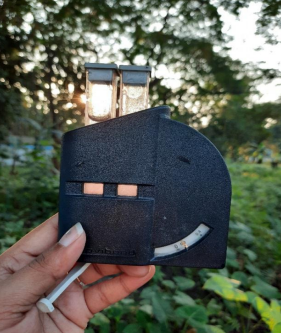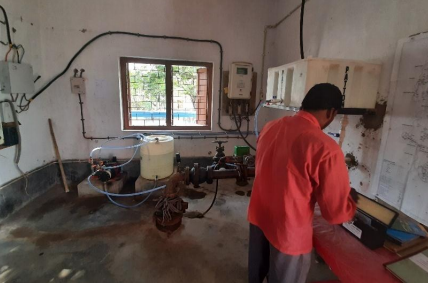Public drinking water supply systems are mandated to provide safe and adequate drinking water to serving communities. Consumption of water contaminated with pathogenic microorganisms is one of the leading causes of child mortality globally. Hence major emphasis is given on removing or killing such microorganisms from water used for public consumption.
One way of ensuring water safety is to disinfect water supplied through distribution lines. Residual protection of treated water supplied to long distances is a major concern in intermittent water supply schemes. All Piped Water Supply Schemes (PWSSs) in the State operationalize in a discontinuous mode, which makes it vulnerable to re-contamination, unless there is sufficient disinfectant residual maintained in treated water till it reaches consumer end.


The method of choice for disinfecting water for human consumption depends on a variety of factors (Symons et al., 1977). These include:
Chlorination is the most popular method of disinfection in countries like India which may be attributed to its convenience and satisfactory performance as a disinfectant that also satisfies the above listed conditions. As stated in Drinking Water and Health (National Academy of Sciences, 1977), "chlorination is the standard of disinfection against which others are compared. “Calcium Hypochlorite is widely used to disinfect water supplied through PWSSs in rural areas by West Bengal.

Public Health Engineering Department, Govt. of West Bengal © 2018
Site best viewed with 1024x768 resolution in Google Chrome 31.0.1650.63, Firefox 55.0.2, Safari 5.1.7 & IE 11.0 and above